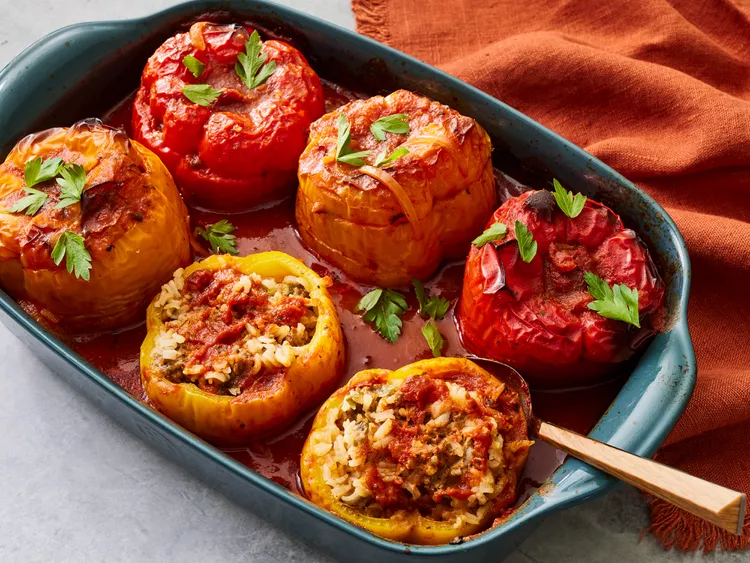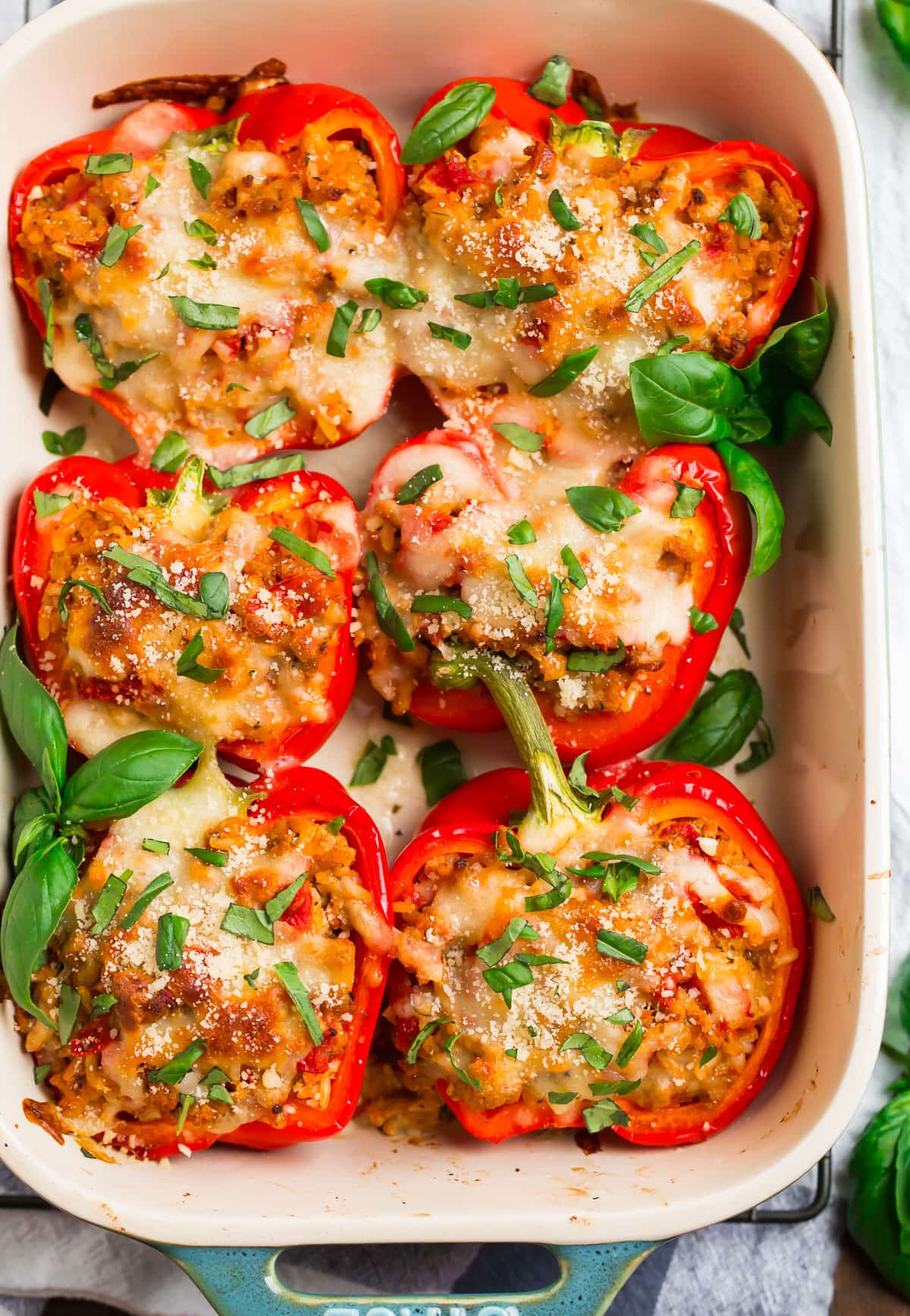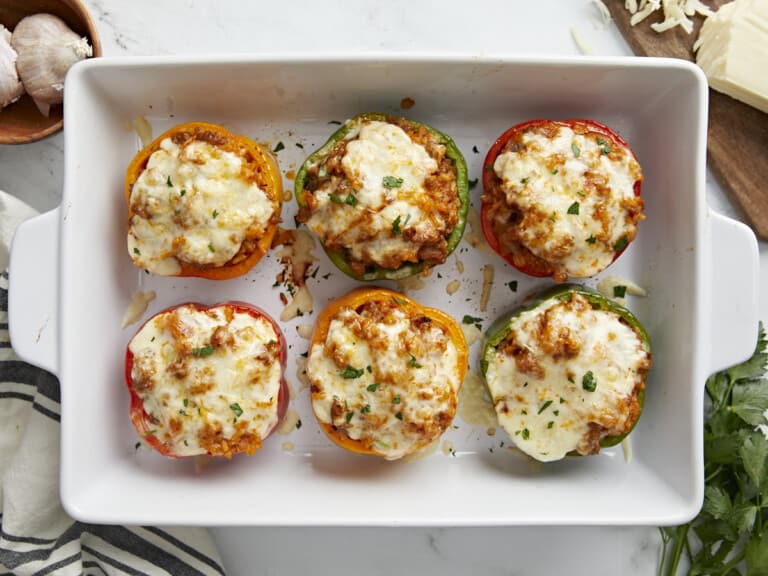Stuffed peppers are a beloved dish enjoyed in various cultures around the world. Known for their vibrant colors and flavorful fillings, they provide not only great taste but also a nutritious meal option. This article delves into the history of stuffed peppers, their nutritional benefits, and tips for preparing this delightful dish.
The Origin of Stuffed Peppers
The concept of stuffing vegetables can be traced back to ancient civilizations, with roots in Mediterranean and Middle Eastern cuisines. In these regions, cooks would fill vegetables, including bell peppers, with a mixture of grains, meat, and spices, creating a hearty meal.
The rich history reflects the versatility of stuffed peppers as they became popularized across different countries, each adding their unique twist to the recipe.
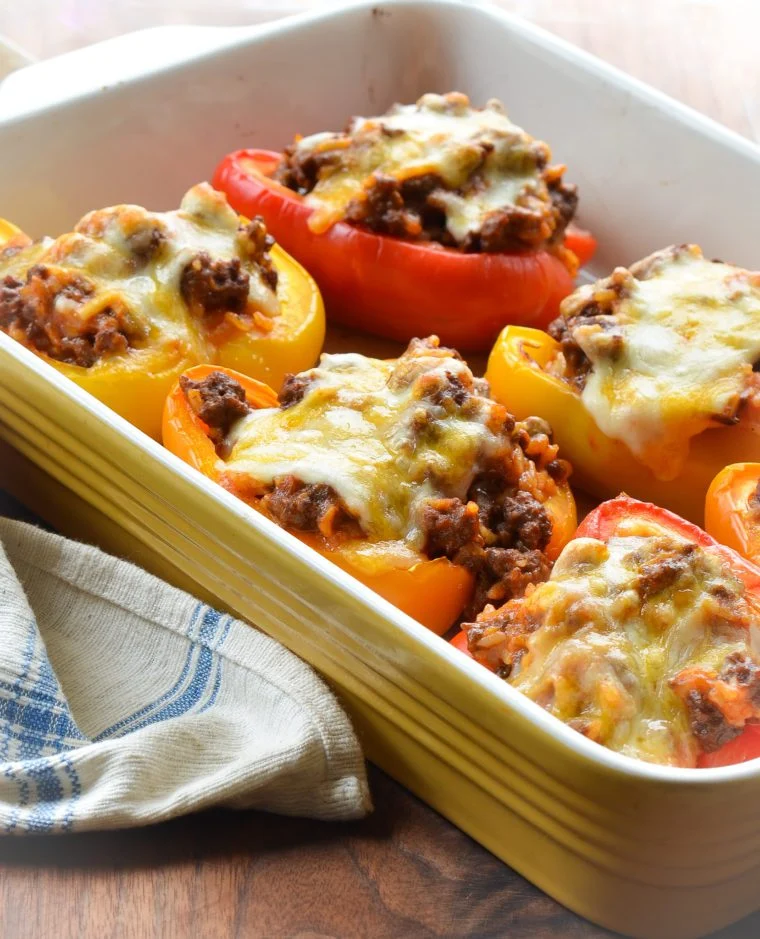
Stuffed Peppers – Once Upon a Chef
Beef and Rice Stuffed Bell Peppers Recipe – allrecipes.com
Italian Stuffed Peppers {Easy and Healthy} – WellPlated.com
Stuffed Bell Peppers – Budget Bytes
Nutritional Benefits of Stuffed Peppers
Stuffed peppers are not only delicious but also offer numerous health benefits. They can be packed with essential vitamins and minerals due to their fresh vegetable content. Here are some key nutritional facts to consider:
- Rich in Vitamins: Bell peppers, the primary vegetable used, are high in vitamins A, C, and E.
- Low in Calories: Stuffed peppers can be a low-calorie meal, particularly when they are filled with whole grains and vegetables rather than heavy meats.
- High in Fiber: The inclusion of beans, quinoa, or brown rice adds significant fiber, promoting healthy digestion.
- Antioxidant Properties: Peppers are rich in antioxidants, which help protect the body from free radicals and support overall health.
Variations Around the World
Stuffed peppers differ significantly across cultures, with each region having its unique variations.
For example:
- Stuffed Bell Peppers: In the United States, common fillings include ground meat, rice, and tomato sauce.
- Caponata: In Italy, a dish using eggplant and sometimes peppers is known as caponata, showcasing the region’s love for colorful vegetables.
- Dolma: In Turkey and Greece, grape leaves are often stuffed with rice, spices, and sometimes meat, demonstrating a similar concept of using a vegetable as a vessel.
These international variations reflect local ingredients, culinary traditions, and flavor preferences, making stuffed peppers a universally loved dish.
Preparing Stuffed Peppers: Essential Tips
To ensure the best outcome for stuffed peppers, several preparation tips can enhance both flavor and texture:
- Choose the Right Peppers: Opt for firm, brightly colored peppers. Bell peppers are the most common, but other varieties like poblano or Anaheim can offer unique flavors.
- Pre-cook the Filling: Cooking the filling before stuffing helps infuse flavors and ensures everything is cooked evenly.
- Use Cheese Wisely: Cheese can elevate the dish, but should be used in moderation. A sprinkle on top can create a satisfying crust without overwhelming the flavors.
Popular Filling Ideas
While the classic filling includes rice and meat, the possibilities for stuffing are virtually endless. Some popular filling ideas include:
- Vegetarian Options: Quinoa, black beans, corn, and diced tomatoes make for a hearty vegetarian filling.
- International Flavors: Mediterranean-inspired options may include feta cheese, olives, and herbs like oregano or thyme.
- Spicy Versions: Incorporating jalapeños or spicy sausage into the filling can create a heat that complements the sweetness of the peppers.
Serving and Pairing Suggestions
Stuffed peppers can be served in numerous ways, making them versatile for any occasion. They can be presented as a main dish or as part of a larger meal.
Some serving suggestions include:
- Garnishing with Fresh Herbs: Topping with chopped parsley or cilantro can add a fresh burst of flavor.
- Accompanying Sauces: A drizzle of balsamic reduction or a side of tzatziki can enhance the dish’s flavor profile.
Conclusion
Stuffed peppers are more than just a simple dish; they represent a rich tapestry of global culinary traditions, nutrition, and creativity in cooking. With endless possibilities for fillings and flavors, they can easily cater to various dietary preferences.
As a family-friendly meal option, stuffed peppers are a great way to introduce more vegetables into one’s diet while enjoying a hearty and delicious meal. Whether preparing them for a casual dinner or a special occasion, the appeal of stuffed peppers is undeniable, making them a timeless classic in the modern kitchen.
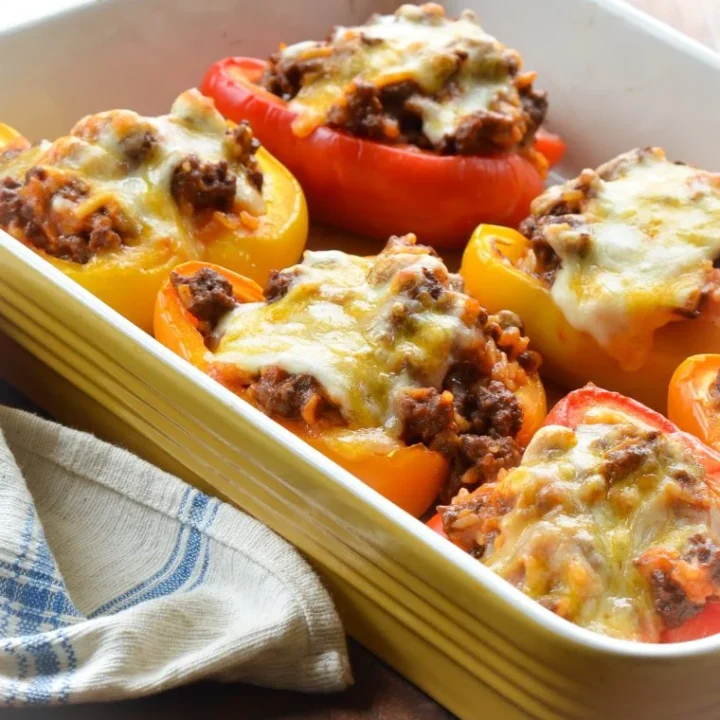
Stuffed Peppers Recipe
Ingredients
Instructions
Preheat the oven to 425°F and adjust the oven rack to the middle position.
Tenderize the beef:
- In a medium bowl, use hands to mash the beef with 1 teaspoon of salt and baking soda.
- Let sit for 20 minutes.
Prepare the baking dish:
- Line a 9x13-inch baking dish with aluminum foil if desired for easy clean-up.
- Place the peppers cut side up in the dish, drizzle with 1 tablespoon of oil, and sprinkle with ¼ teaspoon of salt.
Roast the peppers:
- Roast for about 20 minutes until slightly browned and tender-crisp, allowing some liquid to accumulate in the bottom of the peppers.
Cook the beef mixture:
- Heat remaining 2 tablespoons of oil in a large nonstick skillet over medium heat.
- Add onion and cook for 3 to 4 minutes, stirring frequently, until soft and translucent.
- Add garlic and cook for 1 more minute without browning.
- Stir in the ground beef mixture, chili powder, cumin, and oregano, and increase heat to medium-high.
- Cook for 4 to 5 minutes, breaking up the meat with a wooden spoon until browned and almost cooked through.
- Add tomato sauce, bring to a boil, then reduce heat to medium low.
- Cook uncovered for 2 to 3 minutes until the meat is fully cooked.
- Stir in cooked rice and ¾ cup of cheese until melted, then remove the skillet from heat.
Assemble and bake the peppers:
- Remove roasted peppers from the oven and spoon the meat filling evenly into each pepper.
- Sprinkle with remaining ¾ cup cheese and return to the oven.
- Roast for an additional 10 to 15 minutes until filling is hot and cheese is melted and bubbling.
Make-Ahead Instructions:
- Fill peppers with beef mixture up to 2 days in advance and refrigerate, or freeze in an airtight container for up to 3 months.
- To serve, defrost overnight in the refrigerator if frozen, cover with foil, and bake in a 425°F oven for about 15 minutes.
- Remove foil, top with cheese, and bake for about 5 more minutes until filling is heated through and cheese is melted.

At Villa Corona Mexican Grill, we’re passionate about sharing our love for authentic Mexican seafood dishes with food enthusiasts like you. Dive into our feed to discover mouthwatering photos and videos of our delectable ceviches, fish tacos, shrimp cocktails, and more. We’ll take you on a culinary journey through Mexican coastal cuisine’s vibrant flavors and rich traditions.
Get ready to tantalize your taste buds and embark on a flavorful adventure with us. Follow, like, and share to become part of the Villa Corona Mexican Grill family today! 🌊🍤🌶️ #MexicanSeafood #VillaCoronaMexicanGrill

